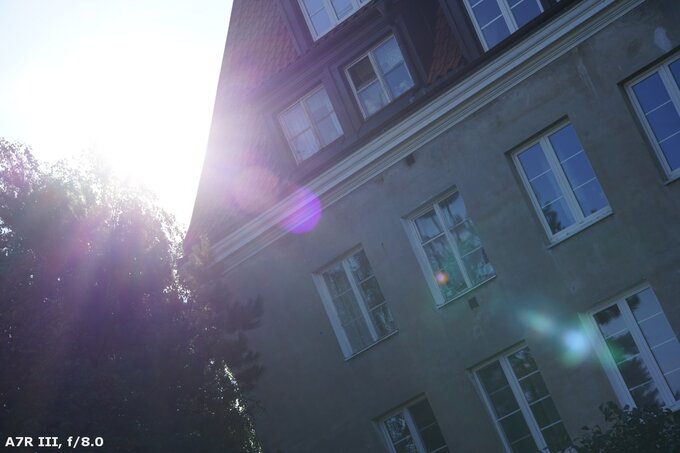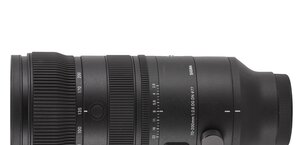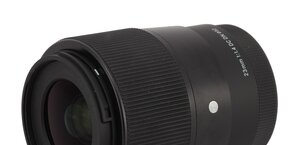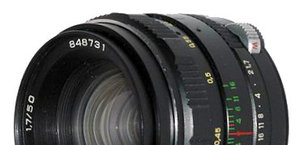Sigma C 90 mm f/2.8 DG DN – first impressions and sample images
3. Autofocus and some remarks concerning optical properties
The autofocus of the Sigma C 2.8/90 combined with the Sony A7R III is completely noiseless but it can't be called very fast. Running through its distance range and confirming the right position takes about 0.6-0.9 of a second and it seems the lens is a tad faster when moving towards smaller distances. When you go from the minimum focusing distance to infinity sometimes you can encounter untypical problems – the mechanism can stop too early and it finds the right position only after pressing the shutter release once again.
Still, you should remember that we deal here with a pre-production model; many things concerning the performance of the autofocus can be fine-tuned before the launch. We hope the autofocus of the final version of the lens will be far more efficient.
Please Support UsIf you enjoy our reviews and articles, and you want us to continue our work please, support our website by donating through PayPal. The funds are going to be used for paying our editorial team, renting servers, and equipping our testing studio; only that way we will be able to continue providing you interesting content for free. |
- - - - - - - - - - - - - - - - - - - - - - - - - - - - - - - - - - - - - - - - - - - - - - - -
Performance against bright light is another feature easy to correct even in the last production stages – you can always modify slightly the coatings, blacken the interior better, add apertures, and internal baffles. Such treatment would be highly advisable in case of the Sigma C 2.8/90 because you can catch some flares with it. Still it should be admitted that, with this focal length, you will get few occasions to put the sun inside the frame or close to one of its corners.
 |
As we've already mentioned distortion – the Sigma C 90 mm f/2.8 DG DN is not completely free from that aberration because you can spot pincushion deformations in the photos without any problems. Currently we cannot estimate their precise values but after a full test of one of the Sigma production specimens we will be able to say more.






